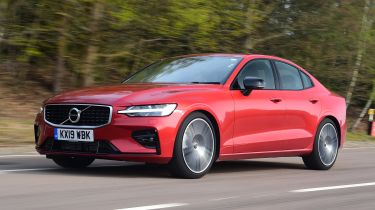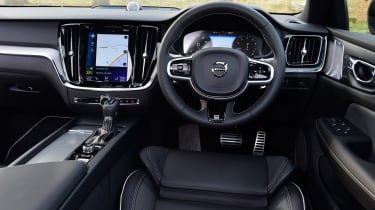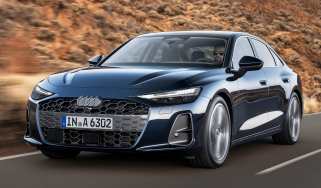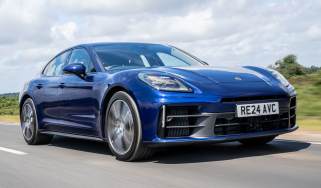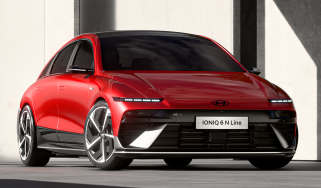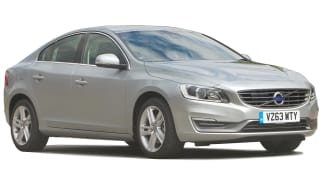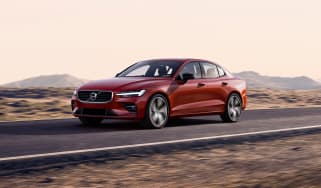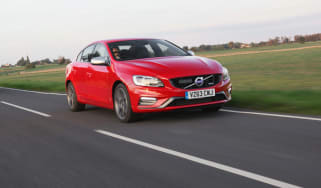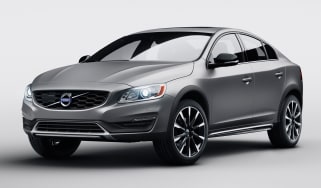Volvo S60 saloon review
"The Volvo S60 is an impressive all-rounder but the hybrid models hold the most appeal, particularly as company cars"
Pros
- Beautiful interior
- Generous specification
- Impressive acceleration
Cons
- Lacklustre handling
- Smaller boot than rivals
- Real-world fuel economy doubts for hybrids
The Volvo S60 saloon – sister to the Volvo V60 estate – was touted as an important model in the brand's range, one tasked with tempting buyers away from the BMW 3 Series, Mercedes C-Class and Audi A4. Sadly for Volvo, this current generation of S60 hasn’t struck a chord with European buyers; one source says only 7,200 S60s were registered in Europe in 2020, compared with over 118,000 examples of the 3 Series.
That makes the V60 an unusual choice but it’s still a compact executive saloon with plenty of appeal. Like all current Volvos, it’s smart and eye-catching, and the interior is just as upmarket as its rivals. There’s plenty of technology on board and a plug-in hybrid model provides great tax benefits for company-car drivers, who are the main target market in this class. The V60 is expensive compared with a 3 Series, however, and not as good to drive.
Volvo is undoubtedly one of the first marques that comes to mind when plug-in hybrid technology is mentioned. The Swedish brand has now electrified its entire range, so every model is available as a plug-in hybrid or fully electric car.
Volvo took the decision not to offer diesel engines in its new models in 2018, so there’s a petrol-powered S60 called the B5 and a powerful T8 hybrid. The petrol B5 has 247bhp, making it a punchy performer, and fuel consumption of up to 42.1mpg isn't too bad at all. Not offering a diesel model seems to have affected S60 sales, although a similar number of Alfa Romeo Giulia models are sold each year and that car offers petrol and diesel engines.
More reviews
In-depth reviews
The Recharge T8 has a huge 449bhp from a combination of an electric motor and a petrol engine. A Polestar Engineered version was previously available, offering sporty upgrades. If you choose the T8, it's the only plug-in hybrid model that can rival the performance of such sporty premium saloons as the Mercedes-AMG C43 and BMW M340i. It’s also a rival to the Mercedes C-Class C 300 e and BMW 330e plug-in hybrids, although it’s much faster and has a price to match.
Rather than looking like a shrunken Volvo S90, the S60 has an individual look of its own, with sportier proportions and shorter overhangs front and rear. All the recent Volvo styling cues are present and correct, including the 'Thor's Hammer' headlight design. In R-Design trim, there's a subtle bodykit and rear lip spoiler that doesn't overplay the sporty theme, which makes the fact that the T8 can race from 0-62mph in just 4.6 seconds all the more surprising. From 2022 there are just two trim levels, called Plus and Ultimate.
Yet this is a car for which Volvo claims 400mpg (that’s not a typo) and exhaust emissions from as low as 17g/km. That comes courtesy of an all-electric range of up to 56 miles on a full charge - more than most plug-in hybrids. Those emissions mean the S60 T8 can slip into a lower Benefit-in-Kind bracket than the BMW and Mercedes plug-in hybrids, so the Volvo brings a remarkably low rate of company-car tax for a car with this much performance.
The S60 has an interior that compares well with its rivals in terms of quality, and it arguably beats them for layout and aesthetic appeal. It's virtually unchanged from the V60 estate, with restrained, upmarket looks and a high-tech feel thanks to a big, portrait-oriented central display that controls infotainment and convenience features and runs Google-based software.
There's no shortage of driver-assistance technology either; Volvo's 'Pilot Assist' system is on hand to make motorway driving safer and more relaxing, and nobody aboard will complain of tight interior space. In what may seem a break from tradition, neither the S60 saloon nor V60 estate are the most capable load carriers in their class.
We remain unconvinced that the S60 Recharge T8 really stacks up as an alternative sports saloon. The less expensive BMW 330e isn't much slower, is more appealing to drive, and still offers tax advantages to those who can make use of them.

